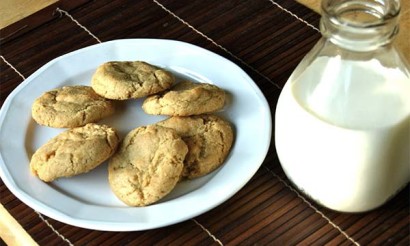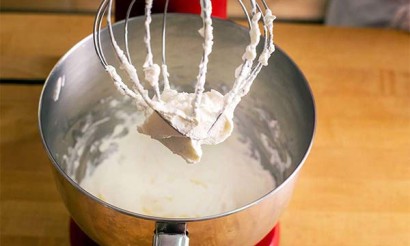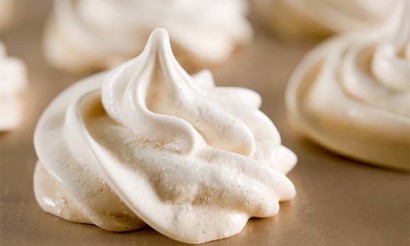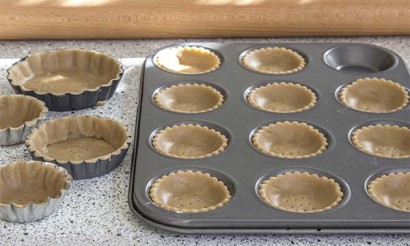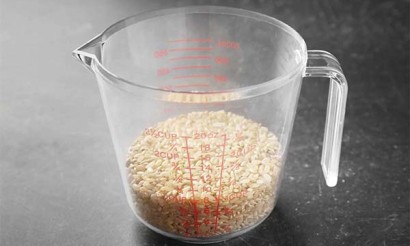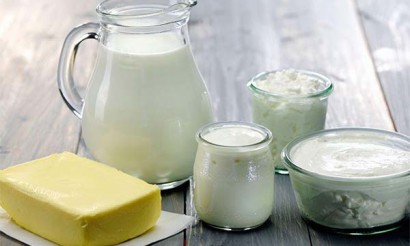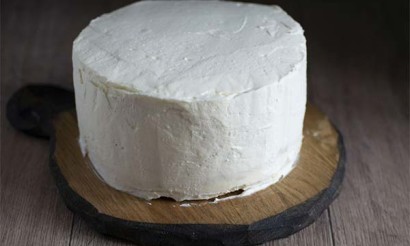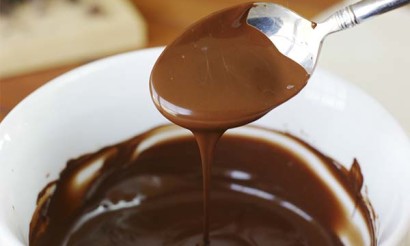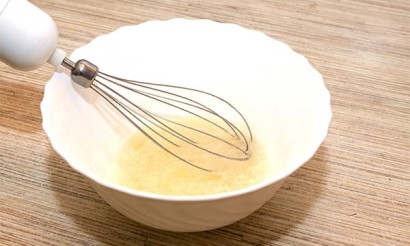How can you tell if cow's or coconut milk has gone bad?
Milk is a product known to everyone since childhood, rich in calcium and protein, absorbed by the body by 95 percent. The product is undeniably healthy, if fresh, spoiled is a health hazard. To drink exceptional quality milk, you need to know how to distinguish it from spoiled, choose correctly, create optimal storage conditions.
- Signs of spoiled cow's milk
- How to tell if coconut milk has gone bad
- Can I Use Spoiled Milk
- Symptoms of Poisoning and First Aid
- How to Store Milk Properly
- Cow's or Goat's Milk
- Coconut
- Soya
- Pasteurized
- Ultrapasteurized
- Almond
- Condensed
- Boiled
- Dry
- Melted
- Sterilized
- Homemade
- What you can make with expired milk
Signs of spoiled cow's milk
The current expiration date does not guarantee the freshness of the product. To protect yourself from possible harm, check its organoleptic properties and not only.

The signs of stale milk are:
- sour or musty smell;
- The transformation of a homogeneous white liquid into a mass of milk with lumps, clots;
- Addition of yellow or dullness to the white color;
- expiration of the shelf life stated on the package;
- leaving the opened package on the table for a long time (more than an hour).
If there are doubts about the freshness of the product, check the quality in the microwave oven. Place a glass with a small amount of white liquid in the microwave, turn it on for 30 seconds, then assess the consistency. The milk has thickened and curdled, you can not cook porridge from it.
Another way to check the quality is to connect a couple of drops of milk with baking soda. If there is no chemical reaction accompanied by the formation of bubbles on contact, the milk is safe for health.
Note that not all milk is white. Sterilized and melted milk has a creamy hue, skimmed milk has a blue hue. The film on the surface - the norm for the product increased fat content (from 4.7%).
How to know if coconut milk is spoiled
Unlike cow's milk, coconut milk can not sour due to the lack of animal proteins. The product is made from the pulp of the ripe nut and water. Its structure is heterogeneous and contains lumps of precipitated coconut oil. In an open package, the product first turns pink, then begins to go bad.
If the canned food has expired, you can taste a metallic taste when tasting it.
Can you consume spoiled product
Not all expired or improperly stored milk can be used in cooking. If the product is spoiled sterilized or ultra-pasteurized, it means that harmful bacteria that got in from the outside are to blame. Its use threatens food poisoning.
Another thing is if the milk has fermented with preserved beneficial microorganisms. It can be used to prepare many tasty, healthy dishes.
Symptoms of poisoning and first aid
Consumption of milk with harmful pathogens (more often staphylococci) leads to food poisoning, accompanied by:
- cramping-like abdominal pain;
- nausea turning to vomiting;
- watery diarrhea;
- fever.
In severe intoxication, mucus and blood spots appear in green diarrhea. Vomiting becomes incessant, colic intensifies, severe thirst overcomes, temperature rises to 40°C. Delirium, seizures, and loss of consciousness may occur. Severe forms of milk poisoning require urgent medical intervention.
In mild intoxication the victim is given first aid:
- Repeatedly induce vomiting after drinking more than a liter of salted water or a pale pink solution of manganese solution.
- Take activated charcoal at the rate of 1 tablet per 10 kg of weight or any other absorbent as directed.
- For the prevention of dehydration provide the victim with Regidron, plenty of warm water.
It is impossible to treat children at home because of the rapid dehydration of the body, pregnant women, the elderly and people with weight deficit, who are at risk of serious complications.
How to Store Milk Properly
Preservation of flavor, nutritional value of milk depends on the type of product, the duration and temperature of heating, container material, the presence of stabilizers, preservatives.

A distinction is made between fresh, pasteurized, sterilized and ultra-pasteurized milk. Fresh milk is the first to sour, while products that have been passed through an aseptic system (sterilized, ultra-pasteurized) last the longest.
Manufacturers who produce perishable milk work with sturdy plastic bags, plastic, cheap cardboard. Long-term non-perishable products are poured into tetrapacks.
If the package is opened, the contents are poured into glass, enamel or ceramic containers that do not react chemically with the contents. Dishes made of aluminum or low-quality stainless steel emit harmful substances.
Cow's or goat's milk
Milk that has not been heat-treated begins to sour at temperatures above 20 degrees Celsius in just a couple of hours.
Shelf life and temperature of raw cow's milk:
- at +1-2°C - two days;
- +3-4°C - 36 hours;
- +4-6°C - one day;
- +6-8°C - 18 hours;
- +8-10°C - 12 hours.
Goat milk with a higher fat content retains its freshness at room temperature for up to 24 hours. In the refrigerator under the freezer in a glass jar with a tightly closed lid - 3-5 days (like cow's milk).
In the freezer consumer properties of milk from cows do not disappear 4 months, from goats - one year.
Coconut
Coconut milk is sold in large grocery stores, packed in tetrapacks, cans. The drink retains flavor, nutritional value at room temperature from two to three years in an airtight container. The shorter the shelf life, the less preservatives added to the can, the more useful it is.
If the package is opened and the coconut milk is poured into a glass container, the product remains edible for three days. If it is frozen to preserve the chemical composition, the shelf life is extended to four months.
Soya
A vegetable product popular with vegans and vegetarians, it does not spoil for 8 days. After breaching the tightness of packaging the shelf life of a beverage is halved.
Pasteurized
In a cool place at t - from - 2 to +6°C the product, pasteurized, retains consumer properties for up to 7 days. From an open plastic bottle, the remains of unused milk are poured into a glass, ceramic container, sent to the cold, where they remain for 2-3 days.
Pasteurized milk partially loses its useful properties, but its shelf life is extended up to 60 days in the freezer. When choosing a container, take into account that the liquid under the influence of negative temperatures increases in volume.
Ultrapasteurized
Up to six months at room temperature saves consumer properties milk of the highest grade, which is quickly heated and instantly cooled in an aseptic automated system. Ultrapasteurization kills harmful microorganisms. Useful substances, compounds do not have time to break down.
Opened bag kept in the refrigerator no longer than four days.
Almond
When lactose intolerance in the diet, milk is used, made from soaked nuts and water by whipping the components with an immersion blender.

The product of its own making retains its freshness in the refrigerator for 3 days. Purchased almond milk in a tetrapack does not spoil within a year at a temperature of up to 5°C. After opening the bag - 5-6 days in the cold.
Condensed
Unopened canned milk at a temperature not higher than 10°C retains its taste and useful composition for
- one year in tins;
- 6 months in bags;
- 90 days in plastic containers.
Safe for use in home cooking condensed milk in an open container 5-10 days if stored in the refrigerator.
If the product is poured into a food container and sent to the freezer, it will keep up to six months, but it will sugary. After defrosting, it is served with tea. To create creams, fillings for baking, the product is not suitable.
Boiled
Thermal processing extends the shelf life in the cold up to a week, at room temperature up to 24 hours.
To retain more nutrients bring the milk to a boil, and then immediately turn off the stove. The cooled product is poured from the pan into a steamed or scalded glass jar.
Dried
Dried milk is a powdered concentrate that is easy to transport, store and consume because of its compactness and ability to dissolve in water.

The powder keeps its chemical composition unchanged in the original packaging from six months to two years. Poured into a glass or ceramic container with a tightly closed lid - up to a month. Optimal storage conditions - humidity no higher than 85%, temperature - from zero to 20 degrees.
Baked
Product with a high concentration of calcium, milk fat, which was stewed on a slow fire for at least an hour and a half, does not spoil for 1.5 weeks in a cold place.
Sterilized
In sterilized milk, prolonged boiling kills all microorganisms - harmful and useful. For this reason, sealed packaging will keep milk at less than 20°C for six months, while unopened packaging reduces the preservation period to four days.
Homemade
Homemade milk without heat treatment can be kept in the refrigerator for up to one day, and without heat treatment for up to 10 hours. To keep milk from souring longer, it is boiled or pasteurized.
What to make with expired milk
Sour milk is used to make cottage cheese, cottage cheese, bake pancakes, pancakes, make cold soup with cucumbers, herbs and walnuts. You can use sour milk to knead dough for dumplings with a berry filling, semolina, mincemeat pie, cabbage or apples. Sour milk softens meat marinated on kebabs and makes sauces tangy.
Technologists recommend avoiding perishable goods when choosing milk. A short shelf life is not a guarantee of naturalness, but a sign of low-grade product, non-compliance with the norms of sanitary conditions in production.
«Important: All information on the site is provided for informational purposes only for informational purposes only. Before applying any recommendations, please consult with a health care professional. specialist before applying any recommendations. Neither the editors nor the authors shall be liable for any possible harm caused by materials."

